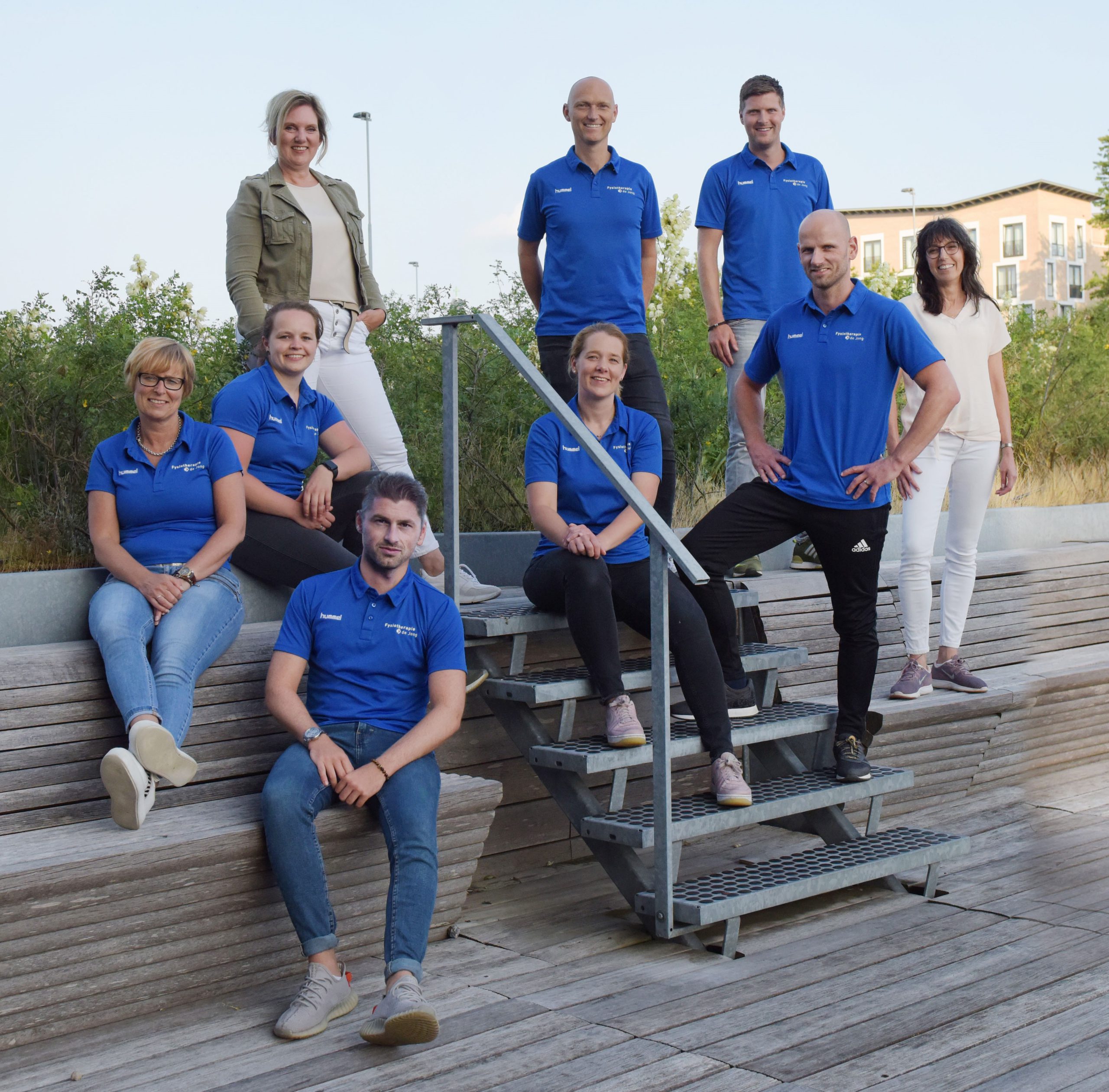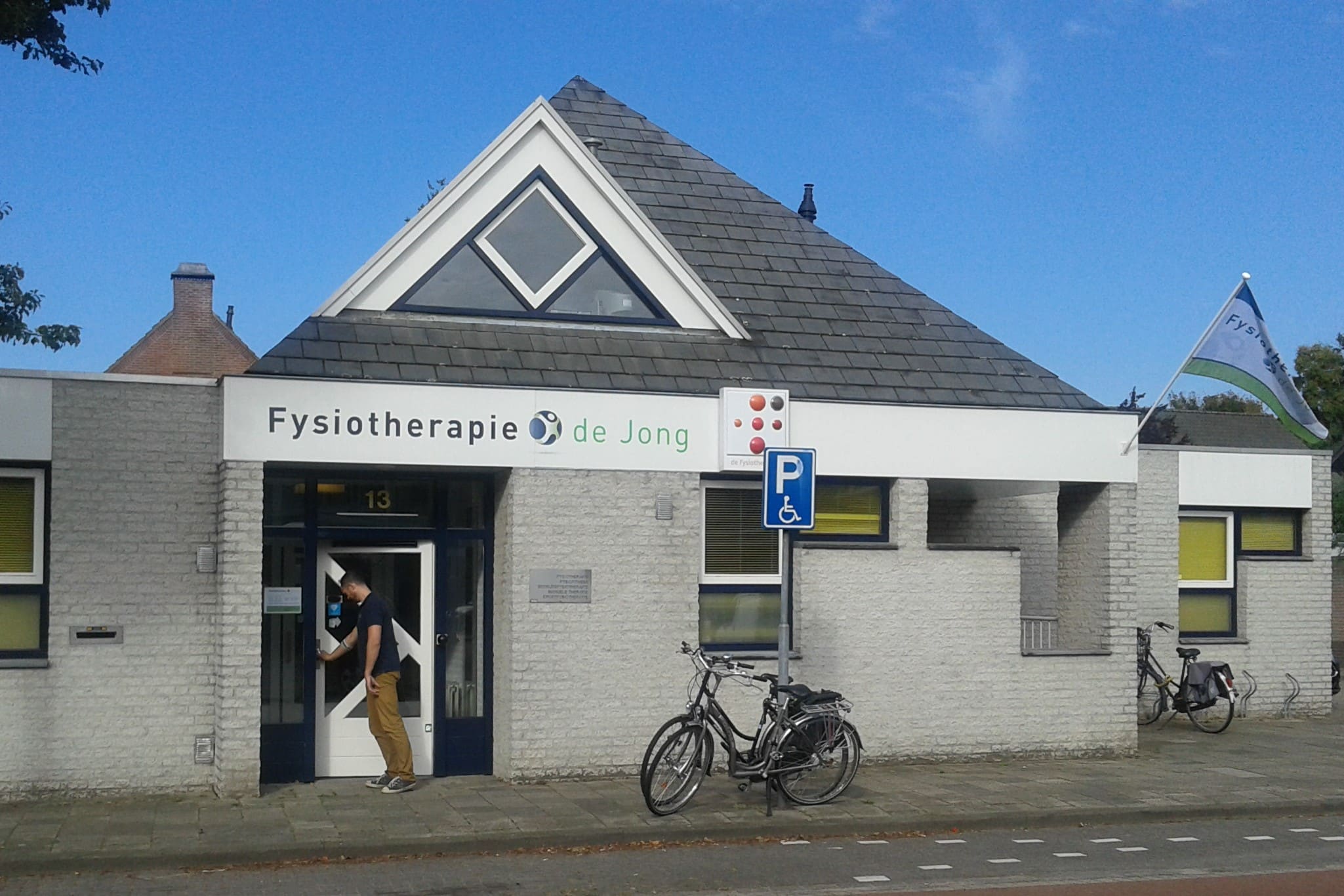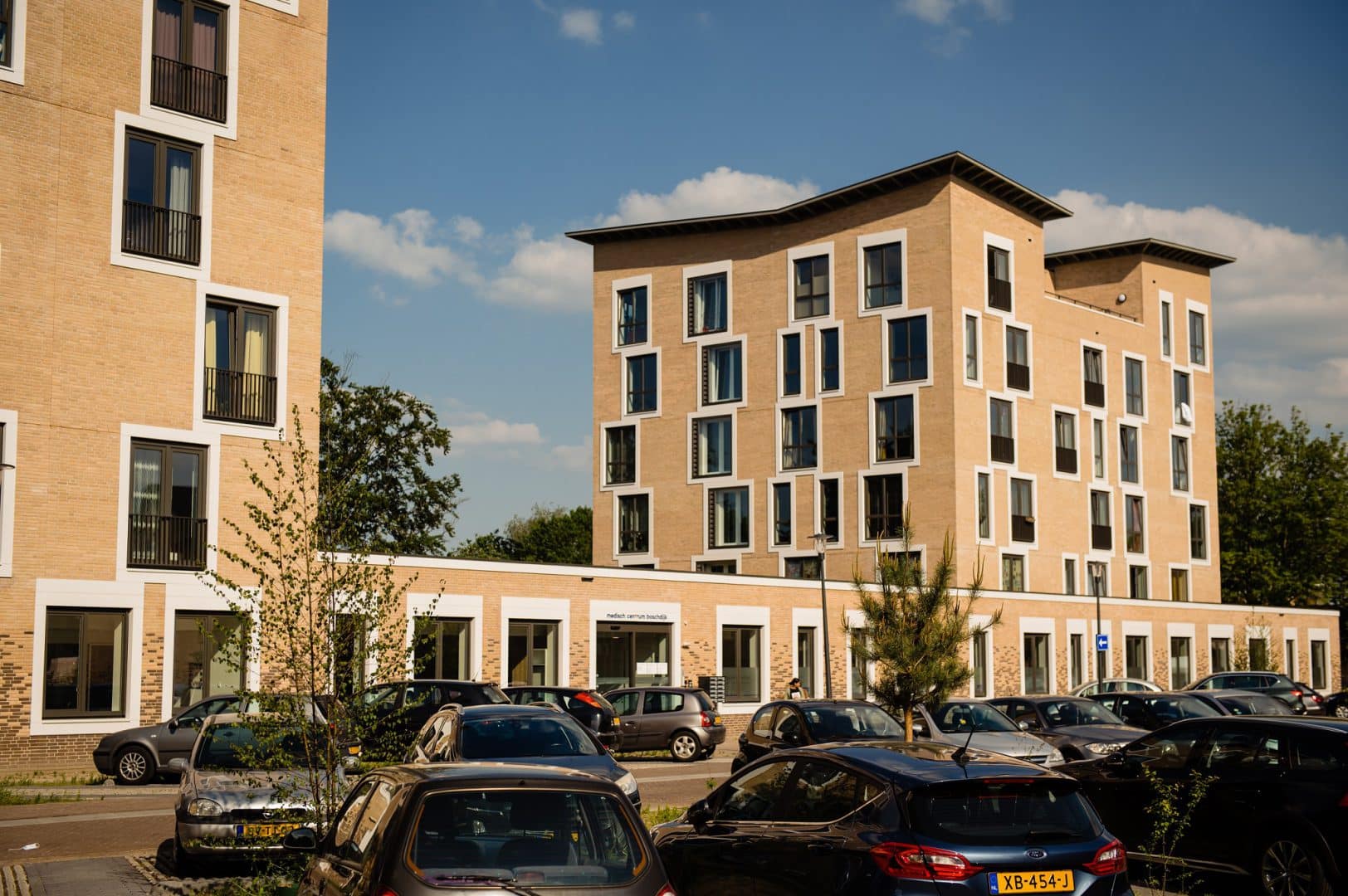If you have suffered a torn or sprained cruciate ligament or knee ligament, then of course you want to know what is (possibly) damaged and what you can and cannot do.
(Partially) torn or sprained cruciate ligament or knee ligament
A well-managed recovery process is important when you have sprained or torn a knee ligament or cruciate ligament. Very annoying of course when something like that takes away the ability to practice your sport. By drawing up a rehabilitation plan together with a physiotherapist you will be able to return to your regular sporting activity as soon as possible or you will be referred for further diagnosis and treatment by a sports doctor or orthopedic surgeon; at Fysiotherapie de Jong we always look for a treatment that has a real added value in your personal recovery.
Make an appointment?
Select one of the locations below!

Symptoms of cruciate ligament stretched or torn
The most obvious sign that a ligament is ruptured is that when twisting or overstretching, you feel something happen in or around the knee and the knee later swells. Other than that, there are not many differences in symptoms between a torn or sprained cruciate ligament.
If you are concerned about a possible injury, especially if you suspect it is torn, it is wise to make an appointment with your family doctor or (sports) physical therapist.
Knee ligament or cruciate ligament
There are two ligaments in the knee in which tears are most common: the inner knee ligament and the anterior cruciate ligament. Both show different symptoms.
When the inner knee ligament tears, as the name implies, it is on the inside of the knee. Although the tear is on the inside, the entire knee will become thick and possibly blue. This can also cause a feeling of decreased stability.
When the cruciate ligament tears, you usually feel or hear something snap. The pain in the knee is quite substantial in this regard. After a while, the knee becomes thick and possibly blue, this is due to the bleeding that occurs in the knee. You do not stand firmly on your leg and can easily collapse through it, so again the stability of the knee may be reduced.
Physical therapy for a torn or sprained cruciate ligament or knee ligament
When a cruciate or knee ligament is torn, surgery is not always necessary. Physical therapy can be a good support during the recovery process. Regaining muscle strength, coordination and endurance are all things physical therapy can help with. It's hard to figure out how much you're really stressing your knee. That's why at Fysiotherapie de Jong we can help you learn how to dose your physical activity.




